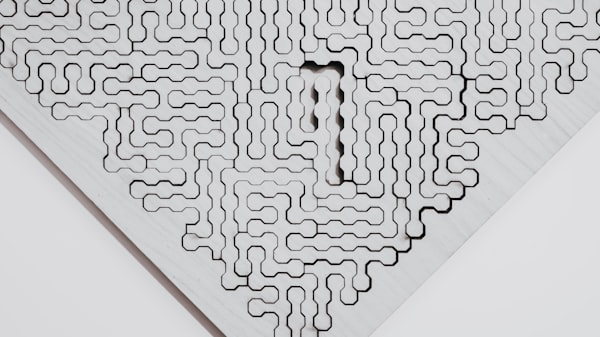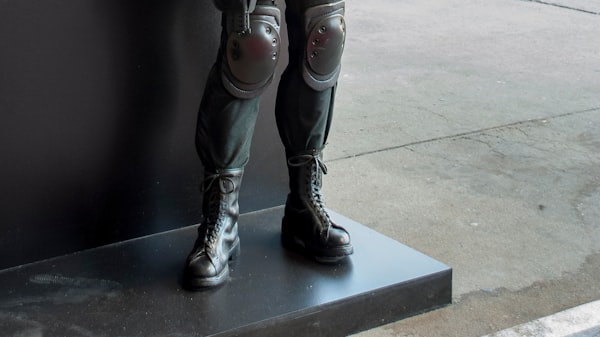- 欢迎使用千万蜘蛛池,网站外链优化,蜘蛛池引蜘蛛快速提高网站收录,收藏快捷键 CTRL + D
“APACHE无法启动?可能是pid文件损坏!如何修复 Apache 错误报告 AH00058和AH00059”



Apache HTTP Server is a widely used open-source web server that powers millions of websites across the globe. However, like any software, it can encounter issues during its operation. One such issue is the error code (20014), which typically appears as an "Internal error" with messages like AH00058 and AH00059. This guide aims to provide a comprehensive troubleshooting process for this specific issue, ensuring that your Apache server can be up and running smoothly again.

Understanding the Error Messages
What do the error messages indicate?
The error messages associated with the (20014) internal error are:
AH00058: Error retrieving pid file logs/httpd.pid AH00059: Remove it before continuing if it is corrupted.These messages indicate that Apache is unable to read or find its process identification (PID) file, which is crucial for managing the server processes. The PID file contains the identifier for the main Apache parent process, allowing Apache to control the start and stop of its child processes. If this file is missing or corrupted, Apache will fail to start.
Step-by-Step Troubleshooting Guide
1. Check the PID File Location and Integrity
Firstly, ensure that the PID file location specified in the error message matches the configuration in the httpd.conf file. The path to the PID file is usually set in the httpd.conf file under the PidFile directive. Verify that this path is correct and that the file has the appropriate permissions for Apache to read and write to it.

2. Delete the Corrupted PID File
If the PID file is indeed corrupted or not needed, you can safely remove it. Use the following command:
sudo rm /path/to/httpd.pid
Make sure to replace /path/to/ with the actual path where the PID file is located.
3. Restart Apache
After removing the PID file, attempt to restart Apache using the appropriate command for your system. For example:
sudo service httpd restart
or
sudo systemctl restart httpd
4. Check Log Files for Further Issues
Even after resolving the PID file issue, there might be other underlying problems preventing Apache from starting. Check the error log files, usually located at /var/log/httpd/error_log, for any additional error messages that could provide clues to further issues.
5. Review Configuration Files
Sometimes, syntax errors or misconfigurations in the httpd.conf file or included configuration files can lead to startup failures. Carefully review these files for any mistakes or inconsistencies.
6. Ensure Necessary Modules are Enabled
Certain modules may be required for Apache to function correctly. Confirm that all necessary modules are loaded and enabled in the configuration files.
7. Check System Resources
Ensure that your server has adequate resources (CPU, memory, disk space) for Apache to operate. Low resources can prevent Apache from starting properly.
FAQs
Q1: What should I do if deleting the PID file doesn't resolve the issue?A1: If deleting the PID file doesn't resolve the issue, check the Apache error logs for more detailed information on the cause of the problem. Also, review the httpd.conf file for any misconfigurations, and ensure that all necessary modules are enabled.
A2: Yes, you can take several precautions to prevent this issue from occurring again. Always make sure to back up your configuration files before making changes. Additionally, regularly review log files for any signs of potential issues, and keep your system updated with security patches and software updates to avoid corruption or security vulnerabilities.
By following these steps, you can effectively troubleshoot and resolve the (20014) Internal error encountered by Apache HTTP Server, ensuring minimal disruption to your web services.
Thank you for reading this troubleshooting guide. We encourage you to leave a comment, follow us for more updates, and like the post if you found it helpful.
| 广告位招租-内容页尾部广告(PC) |
相关文章推荐
- 无相关信息
网络推广最新文章
- Nginx遇到502 Bad Gateway问题?这个自动重启脚本帮你解决
- 如何彻底卸载Ubuntu上的软件包:常用方法与专业技巧
- "如何在RHEL/CentOS 7下创建你的第一个Docker容器?快速上手指南"
- 如何给Nginx绑定多个端口? 将Nginx配置文件简化的方法给Nginx绑定多个端口
- "PHP爬虫技术知识点总结: 从入门到精通的实用指南" "掌握PHP爬虫技术的关键:实用技巧和常见问题解决方法"
- 如何提高客户满意度?10个自助服务策略让客户体验更便捷 您的自助服务需求得到满足了吗?5种提升自助服务效率的实用技巧
- 电商设计主要做什么?探究电商平台的设计重点与提升策略
- 1. 如何提升MySQL性能?7种优化方法让数据库运行更高效 2. 为什么你的MySQL数据库速度慢?5种实用技巧帮你解决优化难题
- “为什么苹果8p微信不会爆炸?了解安全科技背后的原理”
- "如何开展PPC搜索竞价?一文教你掌握竞价计费(竞价模式)"

















)
)
)